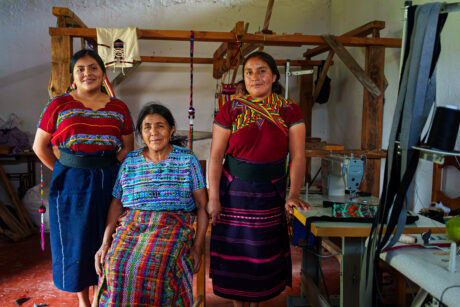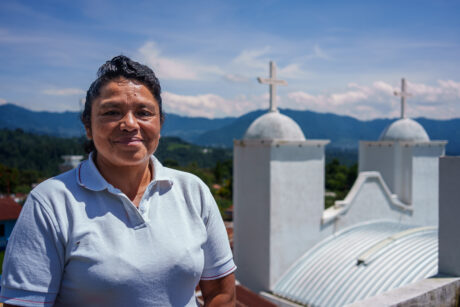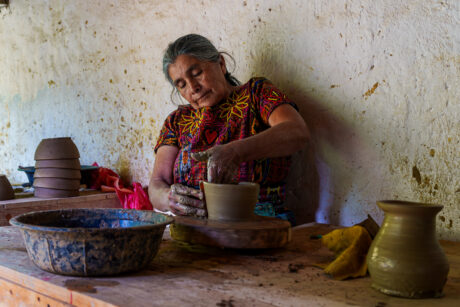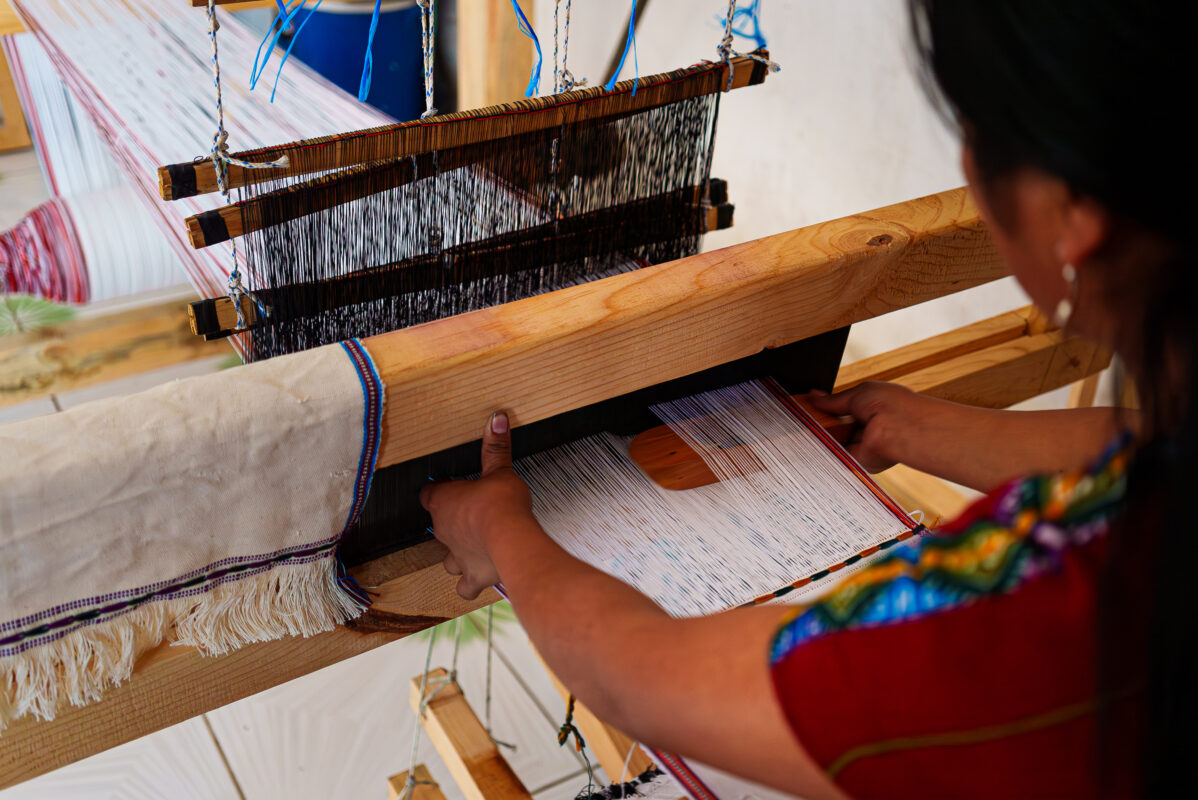USAID’s 2023 Rule of Law Policy “sets forth a new paradigm for its programming to advance the rule of law in partner countries: people-centered justice. This is an explicit change in how we think and how we work, shifting our perspective from the institutional to the individual. People-centered justice places the person affected—regardless of whether the issue is civil, criminal, or administrative—by the law at the core of the policies, processes, and practices that constitute justice systems and services.”
In discussions among rule of law practitioners, themes of trust, justice as a service and transformation have emerged across projects, policy reviews and communities of practice. Trust – as both a desirable outcome of and a process of obtaining justice – is widely characterized as deeply challenging to gain, easy to lose and a core component of legitimacy – of institutions, systems, services and societies – held and honed by people.
USAID’s emphasis on people-centered justice as a new paradigm to rule of law poses an opportunity for transformation in the mindsets of justice system operators and users to identify new pathways toward transparency, improvement of justice systems, institutional strengthening and access to justice that are oriented toward people seeking justice.
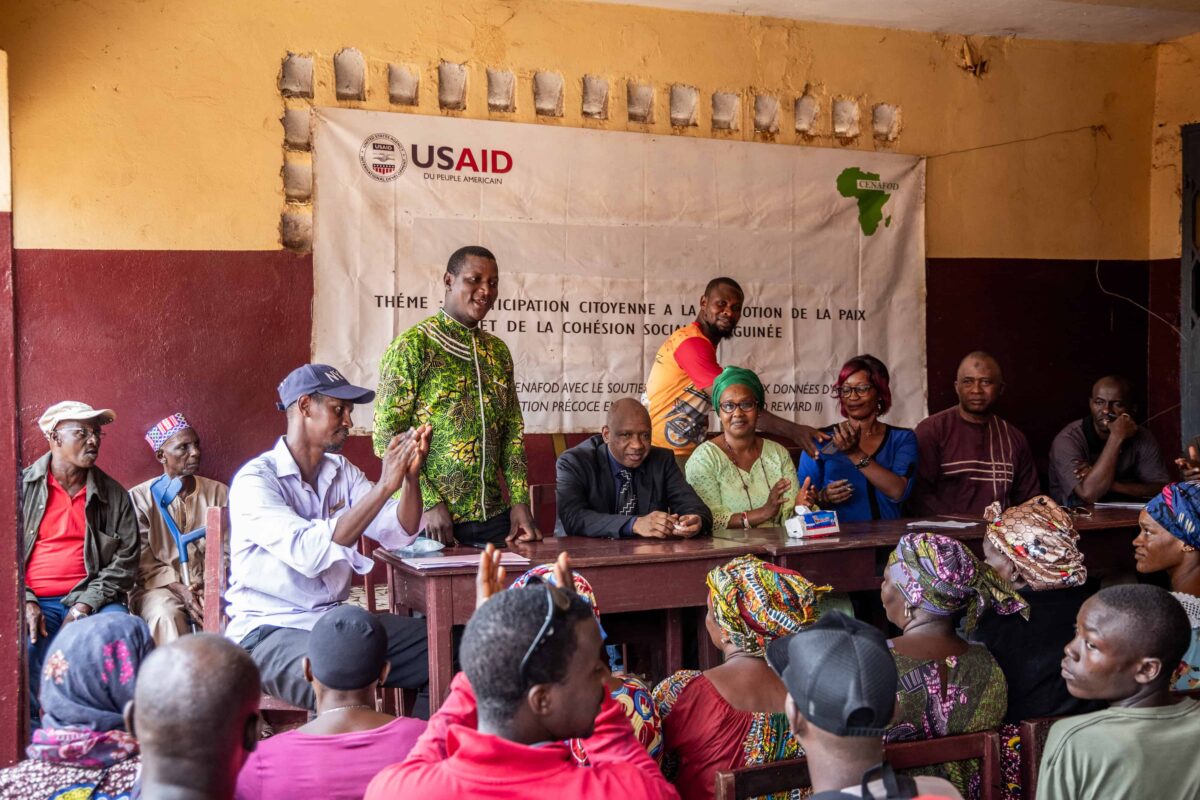
Within the ROL policy, protection of trust is presented with a sense of urgency: “Rule of law, trust between individuals and governments, and the legitimacy of those with power are bound together. Decades of USAID democracy, rights, and governance programming confirm this reality: collective commitments that knit free societies together and strengthen social contracts, including respect for the rule of law, are unraveling.”
Sharon Van Pelt, Vice President and Senior Director of Creative’s Communities in Transition Division, is recognized by USAID as the first implementing adopter of people-centered justice. Van Pelt consistently notes that transformation in mindsets is not the same as shifts in mindset; it is deeper and approaches justice through definitions held by different people.
As practitioners seeking transformation, we must consider the questions:
- What does a people-centered justice system include that a justice system that incorporates people may lack?
- What expansions are needed to bring justice services to people instead of bringing people to justice services?
- How can rule of law programming move beyond being data driven to being people-driven, supported by data?
- What responsibility does a justice system have to people who will never access this formal system?
To respond to any of these questions, learning from interdisciplinary teams and intersectional populations will be vital. Transformation is never linear, but the opportunities to transform the mindsets of people at the center of the justice ecosystem to be service-oriented is an essential step in transforming the orientation of justice systems toward people, the justice seekers in societies.
In societies experiencing violence and conflict, rule of law practitioners can adapt emerging people-centered justice approaches such citizens (individuals, groups, survivors) brought into government processes to inform human-centered redesign of service delivery into transitional or restorative justice processes.
For example, Neema Ayoub Magimba is a lawyer who has put the Tanzanian legal system into the hands of nonprofessionals by co-founding Sheria Kiganjani (Law On Your Palm), a digital platform that provides easily accessible and affordable legal services through mobile phones. It has served more than 42,000 Tanzanians who could not access the justice system due to financial and geographical constraints. In late November, the Society of International Development-US honored Neema Ayoub Magimba as the “exceptional young professional” of the year for her people-centered justice platform.
For many international implementers like Creative, people-centered justice activities — such as legal literacy, pursuing peace through justice, alternate systems to resolve disputes and more — have been a part of our portfolios, though they may be contained within larger programmatic initiatives. Nonetheless, these locally developed and managed efforts are generating lasting results.
In West Africa, land disputes clog the courts and delay justice. “We’re implementing a very prickly project concerning land issues,” says Tatey Adzoavi Nyuito, Executive Director of ALAFIA in Togo. “It’s an issue that gets people killed as a result to grief, irritation and more.”
With a grant from the USAID-supported REWARD II program, ALAFIA worked with communities to increase their legal literacy before going to court, as well as seeking out alternate systems to resolve their disputes — such as mediation committees and traditional leaders — to resolve land disputes.
In Guatemala, the USAID Tejiendo Paz project implemented by Creative supported Association Miriam to provide culturally-relevant care for violence against women and girls survivors that grounds legal aid and psychosocial services in indigenous practices and philosophy. With a focus on healing and approaches that resonate with indigenous violence against women and girls survivors’ needs and beliefs, Association Miriam is helping bridge a gap between the formal justice system and justice seekers in Guatemala’s Western highlands.
Applying People-Centered Justice Approaches in Multidisciplinary Interventions
Legal literacy improvement through multi-media approaches including infographics, SMS and visual campaigns can be used for peacebuilding and conflict resolution or prevention. Alternative legal services providers – such as mobile courts, barefoot paralegals, nurses trained to provide legal counseling/referrals for suspected domestic violence cases, clergy trained as legal navigators and trained community mediators – bring another layer of do no harm considerations to mitigate secondary trauma and targeting by malign actors.
In such cases, there are opportunities to apply tools and methods from rule of law projects for peacebuilding and stabilization purposes, as Creative did through the USAID Mali Peacebuilding, Stabilization and Reconciliation Project. The program’s approach to improving community resilience to conflict and violence emphasized building people’s capacity to prevent and mitigate conflict through trainings and the use of people-to-people (P2P) methodologies to improve intra and intercommunity dialogues and interaction between communities.
Using the Mali Justice Project modules, the program trained 1,275 community members (including 464 women and 332 youth) on conflict prevention and mitigation. Training participants included Community Engagement Committees and village Conflict Management Committees members that include youth and women’s associations, traditional and religious leaders and local authorities. Through these efforts, participants improved their skills in leading peacebuilding activities and alternative dispute resolution in their communes.
People-centered justice approaches will have greater application in the current state of the world amid democracy recession and increasing conflict, with contextual understanding, trust and legitimacy of actors and institutions gravely important, with two-thirds of countries experiencing a decline in their Civil Justice Index per the World Justice Project’s annual report.
Understanding of justice, conflict, and violence ecosystems – where customary and informal justice take precedence in the absence of formal institutions, where people are and what they need, what hardships are caused by unmet legal needs – can be built through the application of thinking and working politically approaches to convene different actors with different levels of trust to meet needs.
Bridging multiple sectors and disciplines will be a means for rule of law practitioners and implementing partners to support USAID to measure against the rule of law policy and concept of people-centered justice to know if it is working and contribute to changing mindsets and paradigm.
Alycia Ebbinghaus-Owens is a Senior Technical Advisor on Creative Associates International’s staff.
